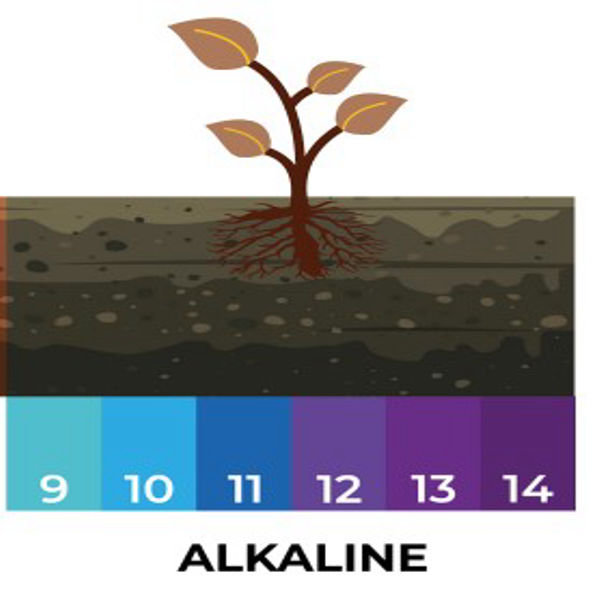Nanotechnology in Fertilizers Modern agriculture is evolving, and nanotechnology-based fertilizers are emerging as a revolutionary solution to enhance crop nutrition while minimizing environmental impact. Unlike traditional fertilizers, nano fertilizers offer controlled nutrient release, improved absorption, and reduced nutrient loss , making farming more efficient and sustainable. What Are Nano Fertilizers? Nano fertilizers are nutrients encapsulated in nanoparticles that deliver essential elements like nitrogen, phosphorus, and potassium in a highly bioavailable form. Their small size (1–100 nm) allows them to penetrate plant cells more effectively, ensuring better nutrient uptake with minimal wastage. Benefits of Nano Fertilizers in Agriculture Higher Nutrient Efficiency – Delivers nutrients directly to plant roots and leaves, reducing loss through leaching and volatilization. Sustained Nutrient Release – Provides a slow and steady supply of nutrients, reducing the need for frequent applications. Reduced Environmental Pollution – Lowers excess runoff, protecting soil and water bodies from chemical contamination. Enhanced Crop Growth & Yield – Improves photosynthesis, root development, and overall plant health. Cost-Effective Solution – Less fertilizer is needed per acre, reducing input costs for farmers. Future of Nano Fertilizers As agriculture moves towards sustainability, nanotechnology offers a promising future for precise nutrient management . With ongoing research and development, nano fertilizers could revolutionize farming by boosting productivity while protecting the environment .
2025-03-29T03:30:04 , update date
2025-03-29T03:30:04

